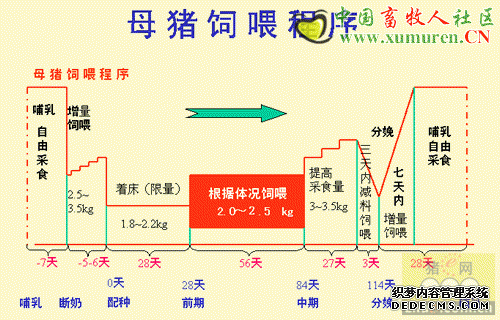By Digby Scott, National Pig Association - This article is based on Nick Bird's case study "Gas use on a US breeding unit" and looks at why altering the temperature and ventilation settings for pig buildings can create unnecessary heating bills.
Why do some producers alter the temperature and ventilation settings for their buildings, and in so doing run up unnecessarily large heating bills?
The answer, according to a specialist, is human nature. If we come in from hot weather, we like it cooler. If we come in from ice and snow and we want it warmer.
But those who tinker with a building's "set" temperature and ventilation in this way are forgetting one important fact - the pigs themselves haven't been outside.
"When the weather is cold, we're worried about the pigs getting cold and tend to set target temperatures higher to be sure, and when the weather is hot, we're worried about the pigs getting hot, so we drop set temperatures and raise minimum ventilation rates," says Nick Bird.
But playing with the settings like this will come back to haunt you when your energy bills arrive, he warns.
To support his observations on the psychological impact of weather changes he shows what happened when a modern US breeding unit with a heating bill of about ?00 a day was continuously monitored.
The chart (above) shows the external temperature, whilst the chart below shows what was happening inside the building. Clearly there is a relationship between the two. But why does the set temperature fall as it gets warmer outside and then rise when it gets cold outside?
The answer is that the unit manager was changing the set temperature to suit the way he was feeling, having just come into the building from outside. If proof were needed, look at his reaction in late September when the first cold autumn weather arrived.
The net result is that this farm's energy usage fluctuates from zero to ?.20 per pig produced.
To view the original case study, which includes further graphs, please click here (PDF Format).
Source: National Pig Association - October 2003
声明
来源:互联网
本文地址:http://farm.00-net.com/yz/zhu/5/2007-09-20/142407.html








